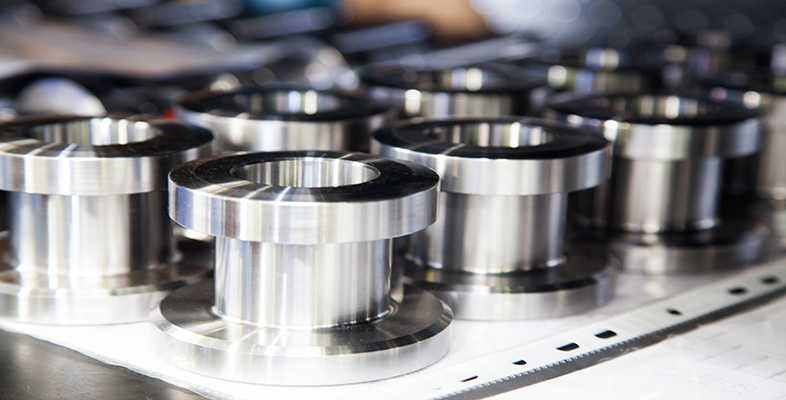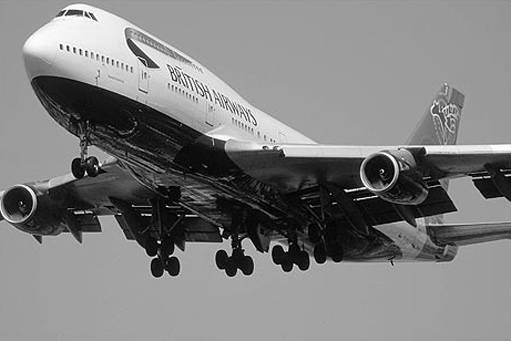5.2 Mechanical joining
In mechanical joints, various methods are used which clamp or fasten the parts of the assembly together (e.g. nails, screws, bolts, rivets and circlips). Mechanical joints find innumerable applications from cheap plastic toys to aircraft bodies. They are versatile, easy to use, allow dismantling of the product and permit different materials to be joined with ease. Fountain pens and gearboxes are typical examples; many pens screw together in two sections so that the ink cartridge can be replaced, and gearboxes can be dismantled for maintenance. Mechanical joining also allows movement of components relative to one another, for example, by the use of hinges and bearings.
Mechanical joints do have disadvantages – the fasteners join at discrete points and do not, by themselves, seal the joint against the passage of liquids and gases. Gaskets (such as rubber ones that seal washing machine doors), and the silicone bead around the bath or shower tray, are typical methods of sealing joints, but almost all the other joining methods that are examined in this section form a continuous connection between surfaces and therefore seal the joint without the need for these additional materials. The hole that the fastener goes through in a mechanical joint is a potential weak spot and failure often occurs at these sections (remember that stress = force ÷ area, so by reducing the load-bearing area the stress is increased). If account is not made for this during the design stage then problems may arise during service. In a Boeing 747 (Figure 47) there are 6 million parts, of which 3 million are fasteners of some kind and about half of these fasteners are rivets – that is a lot of joining!

